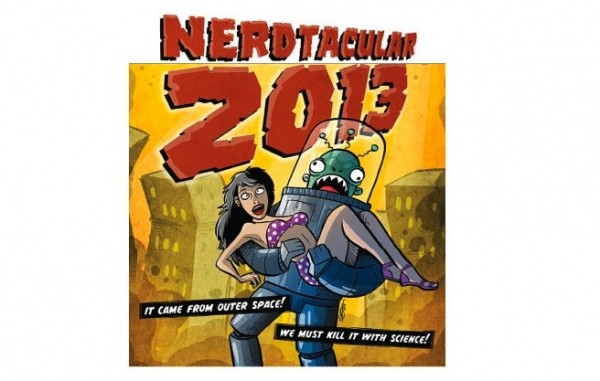
Last week, we looked at how some locals are using Kickstarter to fund their projects [“Kick Yourself,” May 30, City Weekly]. This week, we’ll delve deeper into what makes a successful Kickstarter, and how to tell if Kickstarter is something you can use.
As it turned four years old this April, Kickstarter has become more and more pervasive culturally; The New York Times called it “an unexpected influence on pop culture.” More than $300 million in pledges was collected in 2012, from more than two million backers, funding more than 18,000 projects. Ten percent of Sundance films were Kickstarter-funded, and six Kickstart-ed films were Oscar nominees, including Inocente, which won Best Documentary Short.
But the game seems to have been changed with the Veronica Mars movie project by director Rob Thomas. It raised more than $5 million, leading some people to question whether the introduction of “big fish” like this will crowd out smaller projects. “My sense now is that it has been used so much that it is probably getting harder to raise money,” says local filmmaker Trent Harris. “How many Kickstarters does a guy want to kickstart in one lifetime?”
California native Owen Martel’s Salt Lake City-based Kickstarter project involves walking across the American West in a trek to film the video Walk the West, which he terms “part historical documentary, part grass-roots journalism, part straight-up adventure.” He has found that Kickstarter is a particular challenge if the project’s main product isn’t a tool or other manufactured daily-use object.
“Even an extraordinary project has to contend with a scene that’s easily saturated, and quickly find a breakthrough into wider circles of interest,” Martel continues. “It’s kind of like trying to start up a miniature restaurant and never being able to step away from the kitchen because onions might fuse to the pan.”
Local indie filmmaker Trent Harris funded his feature-length movie Last Night at Sweetie Poops three years ago, and says that “most of the money that came in was from people I already knew. The trick is to not ask for more than you think you can get; otherwise, you end up putting your own money in at the end in order to meet your goal.
There’s a kind of calculus Kickstarter project creators have to work with to determine their goal amount—the sizes of rewards and how many backers would be needed at each funding increment to reach their goals. And you need to factor in the 5 percent Kickstarter and Amazon payments deductions.
Scott Johnson of the Frogpants Studios podcasting collective used Kickstarter for the second year to fund his Nerdtacular festival. “It’s worked out really well for a couple of reasons: The tools they provide are simple and easy, making it a snap to support projects you like,” Johnson says. And though events like Nerdtacular are usually able to get support only from attendees, with Kickstarter, “We can offer all kinds of rewards for those who want to contribute, but can’t come,” Johnson says.
So will you kick yourself for not using Kickstarter, or kick yourself if you do? If you’re a creator, that depends ultimately on whether or not you meet your goal. But as a potential backer, it’s an opportunity not only to support philosophically, but to be a part of making artistic projects happen.
As artists Teresa Flowers and Johnson found, the experience of promoting a Kickstarter project can be transformative. Steve Boynton, whose EarthBaked biodegradable footwear project was covered in last week’s article, says, “Those who donate are called ‘backers’ for a reason. You really feel like all those people have your back and want you to succeed. It’s been a cool feeling and very rewarding.”
Josh Scheuerman’s Four Corners project—in which he documents plastic litter along Utah’s highways, cleans some of it up and makes art from it—was funded April 23. Scheuerman believes the project resonated with local backers partly because it was cause-driven. “There are a lot of fully funded projects involving fashion and documentaries/movies, but I think mine worked out because I was addressing a local problem [and its] solution so people could back a cause. So much money is given to charities and causes each year because people inherently want to make a difference, but don’t see an obvious solution to problems.”
There are more and more options for creatives in this world. For example, Owen Martel applied for a National Geographic Young Explorers Grant before taking his case to Kickstarter. Johnson says, “I think there’s room for more and more of these services, and some will fill niches we’re not even aware of yet. Letting people support what they love directly is a really great notion, and its time seems to be now.”